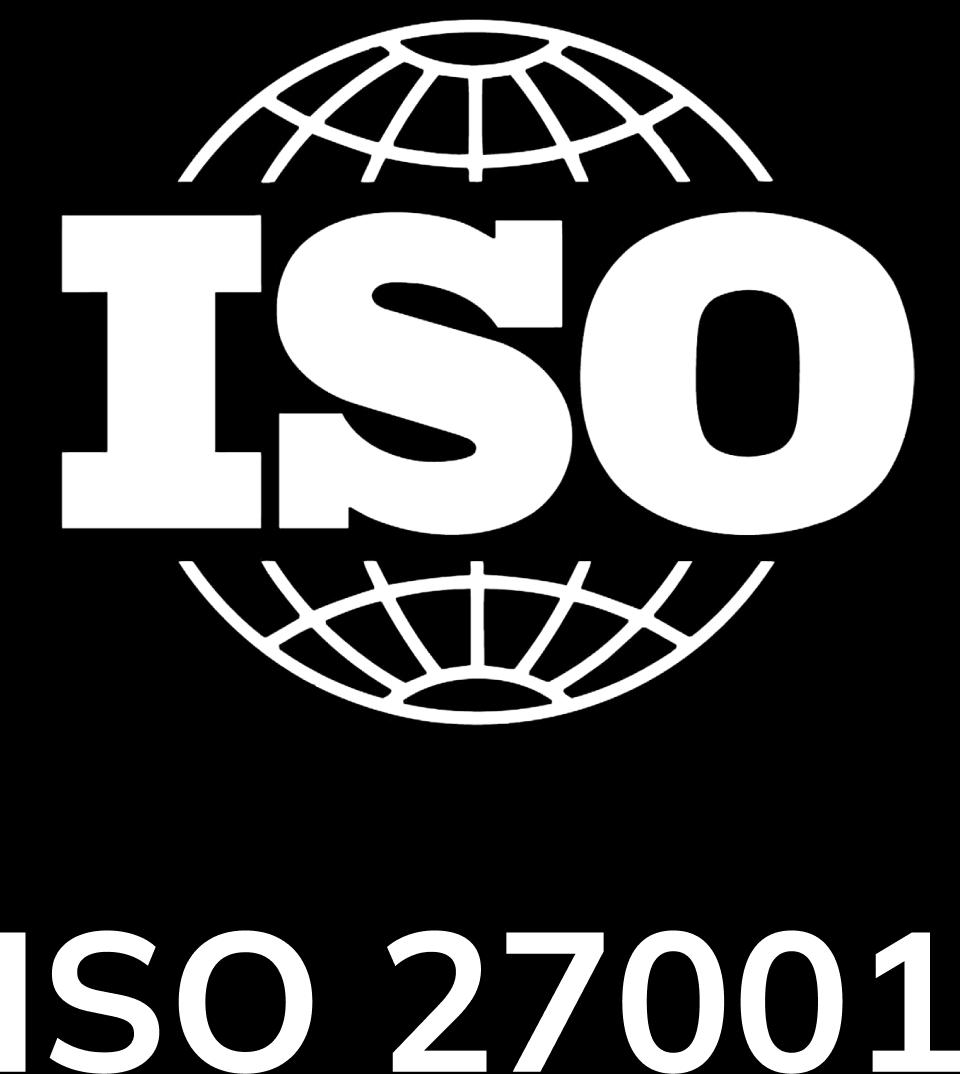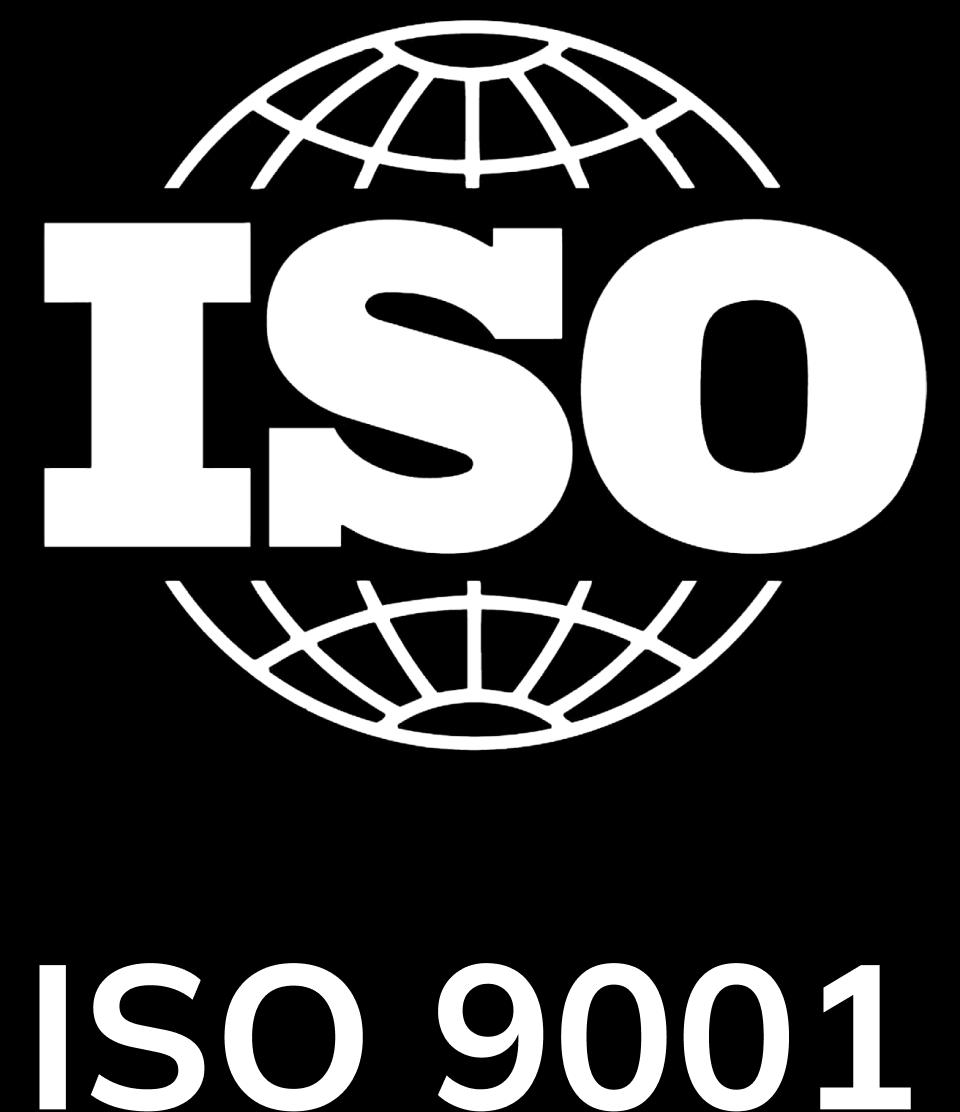
What is Digital Learning Material? A Comprehensive Guide for Education
The development of technology has revolutionized many fields, and education is no exception. In this context, "digital learning materials" have emerged as an optimal tool, providing a modern, flexible, and easily accessible learning experience for both teachers and students. So what exactly are digital learning materials? And why are they important for education today? This article from Tokyo Tech Lab will provide you with an in-depth understanding of digital learning materials in education.
I. What is digital learning material?
Digital learning material, also known as "e-learning material," refers to educational resources and study materials that have been digitized, converted into digital format, and distributed through online platforms or electronic software with internet connectivity. Unlike traditional materials, digital learning material can be easily accessed from computers, phones, and smart devices, optimizing the learning experience for users. These materials can include text, video lectures, online lectures, images, e-books, PDF documents, online quizzes, or learning applications, providing flexible access to knowledge and study materials without being limited by time and location.

Learn more in the article: What is EdTech? A Detailed Look at EdTech in Modern Education
II. Benefits of digital learning material in education and training
Digital learning material brings many prominent benefits for both teachers and learners. To maximize the role of digital learning material in education, close coordination is needed between teachers, students, and educational administrators. Teachers need to be equipped with effective skills in using digital learning material; students need to be encouraged and supported in accessing digital learning material; educational administrators need to develop strategic plans for the development and application of digital learning material. The following are some prominent benefits of digital learning material in education:

Convenience and easy access: Digital learning material allows students and teachers to quickly access materials from any device with internet connectivity, such as computers, mobile phones, tablets, etc., providing maximum convenience and flexibility.
Enhanced interaction and learning experience: Digital learning material often integrates various interactive elements such as videos, graphics, simulations, and automated quizzes. These elements make the lessons dynamic, engaging for learners, and enhance practicality. Learners can participate in interactive exercises, take online quizzes, or engage in simulation activities that help them easily understand and retain knowledge.
Integration of technology: By using multimedia technologies, digital learning material provides a rich learning experience with images, graphics, videos, audio, and animations, making the transmission of knowledge lively and interesting.
Easy content updating and expansion: Digital learning material can be continuously updated to meet changes in knowledge and new trends. This ensures that the content is always fresh and relevant to the times, without the need for reprinting or reproducing like traditional paper materials. This updating is particularly important in rapidly changing fields such as technology, science, or medicine, helping students and teachers access the latest knowledge without waiting for a long time.
Cost-saving and environmentally friendly: The use of digital learning material helps reduce costs for printing, transportation, and document storage. At the same time, digital learning material contributes to environmental protection by reducing paper and ink consumption, as well as other waste related to paper document production. Educational institutions can save budgets while contributing to building a sustainable learning environment.
Support for remote learning: As remote learning becomes more popular, digital learning material plays an important role in providing study materials and connecting teachers and students through online platforms. As a result, students can learn from anywhere, at any time.
Digital learning material not only opens up opportunities for widespread access to education but also enhances the quality and effectiveness of the learning process. With these outstanding benefits, digital learning material has become an important tool for modernizing education, motivating learners, and opening up a new era of smart and efficient learning.
Learn more articles: What is Hybrid Learning? A Detailed Overview of Hybrid Learning
III. Differentiating Digital Learning Materials and Traditional Materials
Digital learning materials and traditional materials share the common goal of providing knowledge and supporting the learning process, but they differ significantly in terms of form, approach, and flexibility. The following are the main aspects to differentiate digital learning materials from traditional materials:
1. Storage and Distribution

Digital learning materials: Stored in electronic format and typically exist on digital devices or in the cloud. Users can access them directly through online learning platforms, mobile applications, or websites. Storing materials digitally allows for easy sharing and distribution to multiple users simultaneously without geographical limitations.
Traditional materials: Primarily exist in printed form, such as textbooks, course materials, and practice materials. Distributing traditional materials requires physical transportation and storage space, resulting in limitations in scale and accessibility. To access learning materials, students often have to go to libraries, bookstores, or receive materials directly from teachers.
2. Accessibility and Flexibility

Digital learning materials: Meet the need for anytime, anywhere access as long as there is an internet connection. Learners are not constrained by time or space and can access materials even while on the move. This is particularly suitable in the context of distance learning and online courses, where students can arrange their study time flexibly.
Traditional materials: Access depends on whether students have the materials in hand or can go to educational facilities or libraries. If a copy is missing, students may face difficulties in studying outside of regular hours or from a distance. Additionally, paper-based materials are prone to damage over time, difficult to preserve, and not immediately accessible when needed if not in close proximity.
3. Updates and Editability

Digital learning materials: Easily update content when there are changes or a need for additional information. Revisions can be made quickly and updated immediately for all users.
Traditional materials: Updating traditional materials requires reprinting or manual editing. When changes are needed, entire textbooks or materials need to be reprinted, resulting in additional costs and time.
4. Interactivity and Learning Experience

Digital learning materials: Often come with interactive elements such as automated quizzes, videos, images, or simulation tools, allowing students to actively engage in the learning process and better understand concepts through vivid illustrations. Many digital learning materials enable the completion of multiple-choice exercises, puzzles, or participation in online discussions with teachers and peers.
Traditional materials: Primarily consist of static text and printed images, lacking real-time interactive elements. Students have to study, take notes, and may receive delayed feedback from teachers. Traditional materials lack multimedia interactivity, leading to potentially less effective knowledge acquisition, especially for visual and hands-on learners.
Learn more articles: What is M-learning? Why is m-learning the trend in modern education?
5. Cost and Sustainability

Digital learning materials: Save costs on printing and transportation, minimize environmental impact by eliminating the need for paper. Digital learning materials only require an initial investment in devices and software, with subsequent costs mainly focused on maintenance or upgrades if necessary. Additionally, cloud storage helps reduce physical storage space.
Traditional materials: Expensive in terms of printing, transportation, and preservation, especially when using various types of materials. Continuous printing of paper materials also has negative environmental impacts due to paper exploitation and printing waste, while increasing costs whenever changes or reprints are needed.
6. Integration and Technology Compatibility

Digital learning materials: Easily integrate with new technologies such as artificial intelligence, machine learning, or learning management systems (LMS), enabling personalized learning pathways for individual students. These technologies also support learning data analysis, provide feedback, and suggest relevant materials, helping learners progress faster.
Traditional materials: Difficult to integrate with technology and cannot automatically provide feedback or adjust content according to individual needs. Personalizing the learning experience mainly depends on teachers or learners themselves making adjustments.
Digital learning materials and traditional materials both have their own values and roles in education. However, with the strong development of technology, digital learning materials are becoming increasingly popular and convenient, especially in flexible and diverse learning environments. Schools and educational organizations are gradually transitioning to the use of digital learning materials to optimize teaching and learning, meeting the growing learning needs of students and aligning with the development of the digital age.
IV. Conclusion
Digital learning materials not only help improve the quality of teaching and learning but also create a more open, creative, and accessible learning environment than ever before. In the context of global education constantly innovating to keep up with technology, digital learning materials have become a bridge to bring knowledge closer to everyone, anytime, anywhere.
We hope that the information above has helped you gain a better understanding of the role and potential of digital learning materials in modern education. Tokyo Tech Lab always accompanies educational institutions and businesses on their digital transformation journey, providing advanced, effective, and easily applicable technological solutions. Experience the TEAMHUB LMS learning management software to optimize your teaching and learning processes.
SHARE THIS ARTICLE
Author
Huyen TrangSEO & Marketing at Tokyo Tech Lab
Hello! I'm Huyen Trang, a marketing expert in the IT field with over 5 years of experience. Through my professional knowledge and hands-on experience, I always strive to provide our readers with valuable information about the IT industry.
More Posts



About Tokyo Tech Lab
Services and Solutions
Contact us
© 2023 Tokyo Tech Lab. All Rights Reserved.







